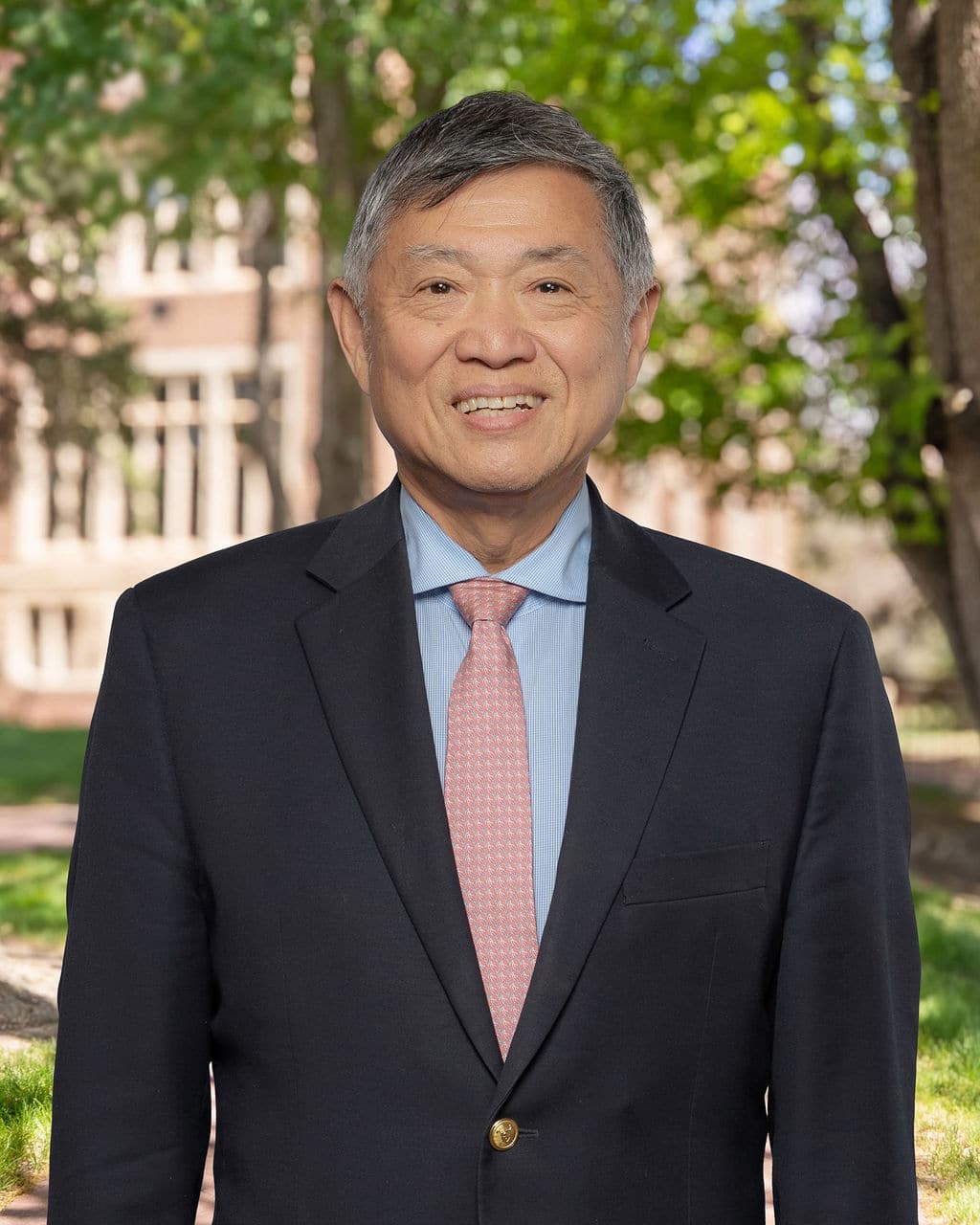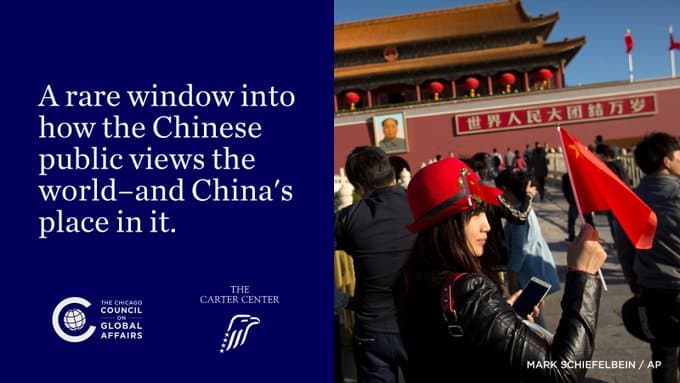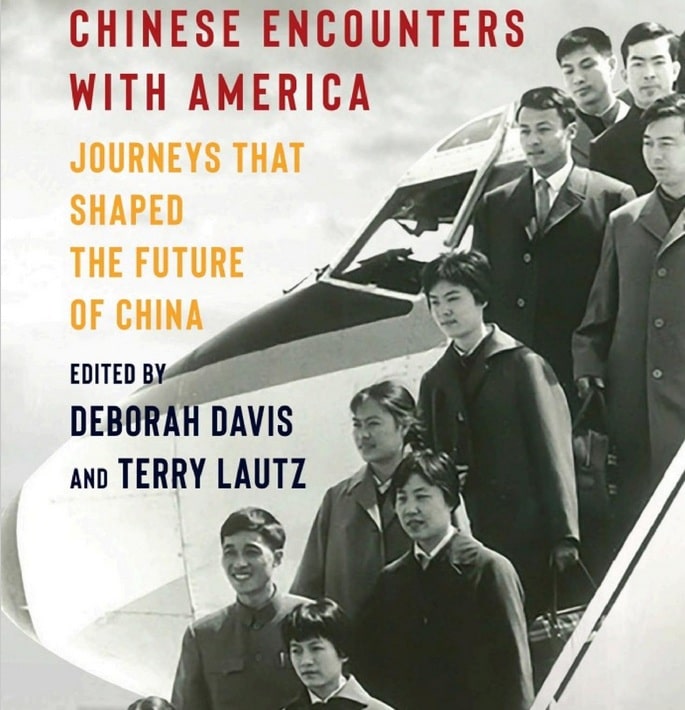President Trump 2.0 has not been an Orthodox China Hawk
- Analysis
 Suisheng Zhao
Suisheng Zhao- 08/01/2025
- 0
Professor Graham Allison at the Harvard Kennedy School of Government bet during a panel discussion at Davos in January 2025 that “this time next year … we’ll be surprised on the upside in the US-China relationship because Xi and Trump get along very well and understand each other. They both think of themselves as great men. They like each other in that respect.”
Ian Bremmer, founder of the Eurasia Group, another panelist, sharply disagreed and said ties could be “materially worse” in 12 months because China is convinced Americans want to contain it. “Even though Trump is going to make a deal, the ability and the willingness of China are not propitious.”
Half a year has passed since Trump 2.0 began. Neither Allision’s nor Bremmer’s bet has been proved correct. The US-China relationship has not surprisingly improved nor materially worsened.
The US-China relationship was characterized by a cyclical pattern of retreat and crisis, followed by consolidation and advance, under the banner of engagement and reassurance, before 2017. The cycle pattern was replaced by a prolonged crisis sustained by geopolitical competition, mutual disillusionment, and ideological hostility during President Trump 1.0. It was not caused by sudden or shocking incidents or the presidential cycle. Despite the polarization of American foreign policy, a new bipartisan Washington Consensus has emerged as both parties agree that China poses a significant threat to U.S. national security.
The downward spiral reached its lowest point during the crisis in 2018-2023, when many official communication channels collapsed. The US cabinet members stopped visiting China after Secretary of State Mike Pompeo’s frosty treatment in Beijing in October 2018. In the meantime, people-to-people exchanges were reduced significantly. With limited exchanges, the media coverage hyped overwhelmingly negative opinions toward each other.
The lowest points caused concerns about the escalation. Ray Dalio, Chairman of Bridgewater Associates, warned in April 2023 that the United States and China were on the brink of war and beyond the ability to talk. Stephen S. Roach, an economist at Yale, believed that “these two countries were collectively sleepwalking down a path of conflict escalation.”
President Biden was concerned about an accidental war when Chinese and U.S. aircraft and ships operated in proximity in the Taiwan Strait and the South and East China Seas. He proposed reopening the lines of communication and building guardrails, responsibly managing the competition.
Beijing was also keen to prevent the relationship from stumbling into an accidental war. The meeting between Biden and Xi at the APEC sidelines in November 2022 announced that US Secretary of State Blinken planned to visit Beijing in early 2023. However, a Chinese balloon flying over US airspace three days before Blinken’s trip postponed Blinken’s visit to June 18-19, 2023. Biden sent 4 cabinet secretaries (Antony Blinken, Treasury Secretary Janet Yellen, Special Envoy John Kerry, and Commerce Secretary Gina Raimondo) to Beijing in the summer of 2023. He met Xi Jinping in San Francisco on November 15, 2023, to put a floor under the relationship. The summit brought about a détente. The prolonged crisis, however, has not been reversed. Both sides have continued to push each other’s red lines on issues from Taiwan and trade to the South China Sea.
My recent article argues that the two sides understood each other’s intentions, policies, and read lines too well to take the other’s promises seriously. They cannot trust each other’s promises after the two countries entered a new era of great power competition because neither side can afford to make compromises over the geopolitical competition, ideological battles, and the Taiwan issue. Taiwan is one of the few issues that could spark a military conflict between Beijing and Washington.
Trump is not an Orthodox China Hawk
Trump is a trade hawk and a dealmaker, not an orthodox or geopolitical China hawk. The US-China competition under Trump 2.0 has focused on economic and trade rivalry to make deals that maximize tangible benefits, rather than engaging in geopolitical and ideological rivalry for global leadership.
Trump has blamed China for problems from COVID to economic dislocation, to turning a blind eye to fentanyl production in Mexico, promoting China as a devil figure in the political lexicon. Notably, however, after he began serving his second term as the American president, Trump does not offer geopolitical criticism of China. No mention of the South China Sea. No words of caution over China’s encounters with the Philippine Navy. Most strikingly, no defense of Taiwan, which typically enjoys bipartisan support in the U.S.
Trump is driven by self-interest and money, not principles, treaties, or laws. The US is far less concerned with defending global norms, providing public goods, and protecting distant allies. His priorities are the “enemies within”: illegal immigrants, Islamist terrorists, “woke” progressives, and transgender minorities. The great powers not only set aside their ideological differences but also share the fight against external liberal ideologies, such as European-style socialists, democrats, and human rights activists. He has no hesitation in dismantling the USAID, which provided grants in countries on the frontlines of US competition with China, and withdrawing from the WHO, the Paris Agreement, and the UN Human Rights Council. Although Secretary of State Marco Rubio had a strong record of advocacy for China’s human rights in the Senate, he terminated hundreds of grants from the State Department’s Bureau of Democracy, Human Rights, and Labor (DRL), which has long been the leading governmental funder of China’s human rights work.
All the China hawks during Trump 1.0 were not invited to Trump 2.0, including Mike Pompeo, Matt Pottinger, John Bolton, Nikki Haley, and David Stilwell. In May 2025, more than 100 NSC staffers were fired, including over a dozen who worked on China or China-related topics. David Feith, who had previously served as a senior State Department official on East Asia during Trump’s first term and was coordinating technology policy related to China, was among those cut. Alex Wong, a top Asia official during Trump’s first term and Waltz’s deputy, was also reportedly reassigned. The China expertise has been lost in the Trump administration, resulting in the erosion of coherence and urgency in China policy.
Trump has envisioned a great-power collusion in a world managed by strongmen. Trump’s America First isolationism and continentalism have displaced globalism with a new Monroe Doctrine to safeguard American dominance in its backyard. The NYT entitled “Trump’s Vision: One World, Three Powers?” suggests Trump might want to collaborate with China and Russia. Each dominates a sphere of influence: the US in the Western Hemisphere, China in the Asia-Pacific, and Russia in Eurasia.
Trump’s vision was expressed by his Secretary of State, Marco Rubio, when he declared the era of American unipolarity was over. He described America’s unrivaled dominance of the international system as an anomaly that was created by the collapse of the Soviet Union at the end of the Cold War. Now the United States is returning to a more multipolar world where there are great powers in different parts of the planet.
Trump’s transactional and pragmatic approach, however, has not ended the prolonged crisis and added new dark clouds to the great power competition.
Where are we going from here?
The prolonged crisis has brought the US and China dangerously close to Graham Allison’s Thucydides’ trap between rising and ruling powers. While the changing balance of power between a rising China and the US generates structural conflict, the strategic and policy decisions by leaders in the two countries may have helped deteriorate or moderate the conflict, leading to peaceful competition or conflict escalation.
Beijing made mistakes due to overconfidence and overreach in the early period of the great power competition. Since then, Beijing has struggled with the US as both an economic opportunity and a security threat.
The US has also made mistakes, including underestimating China’s resilience and exaggerating the China threat, risking overreaction. Both underestimating China’s resilience and inflating the China threat led to overreaction.
Overreaction has serious consequences. One is the escalating geopolitical competition, leading to avoidable conflict. Second, the overreaction set barriers to normal academic exchanges and the creeping discrimination against Chinese Americans. Third, overreaction through escalating tech and trade warfare is economically risky and costly. Fourth, the US overreaction has stimulated nationalism and anti-Americanism to avenge China’s “century of humiliation” and accelerate indigenous innovation.
In Conclusion, let me raise a question: What is the endgame of the US-China great power competition? This is a battle that neither side can afford to lose. But neither side can win. Neither China nor the U.S. is going anywhere. The US-China rivalry can hardly end with the collapse of one power.
China remains a geopolitical and geoeconomic power. China’s authoritarian state may not be permanent, but no power outside China, not even the United States, can change China’s regime. Nor can the US stop China’s rise. Only Chinese leaders’ mistakes can prevent China from continuing to rise.
The US remains the world’s most powerful nation with unrivaled geographic blessings and economic advantages. Although the US went through many dramatic moments and crises after World War II, it boasted superior continuity and a formidable ability to overcome critical phases. People have claimed the US’s decline for decades but always recanted their predictions.
The US and China can hardly change each other’s political systems and stop each other’s economic development.
The two great powers have no choice but to co-exist peacefully by some form and level of reciprocal compromise and acknowledgment that this is necessary due to economic interdependence, limits on both sides’ leverage, and the imperative for cooperation on many vital transnational issues. Structural and ideological conflict is not destiny. Leaders with vision, rationality, and determination to prevent war matter. Chinese and American leaders must move beyond the zero-sum game of winning the rivalry by defeating the other.
Author
-

Suisheng Zhao is a Professor and Director of the Center for China-US Cooperation at the Josef Korbel School of Global and Public Affairs, University of Denver.







